
Advertisement
When
took a group shot of five models in New York’s Meatpacking district in 1989, he didn’t know he was anointing them as the definitive beauties of the decade. The women were Naomi Campbell, Linda Evangelista, Tatjana Patitz, Christy Turlington, and Cindy Crawford. Though the models were known in the fashion world, their ascension to pop culture stardom began in front of Lindbergh’s lens.
The photograph ran on the January 1990 cover of British Vogue, the models’ gazes direct yet warm, the affected glamour of the 1980s transformed into an innate allure. These women had it, they were born with it—and no amount of makeup or retouching could fake it. Soon after, singer George Michael asked all five to appear in the music video for his song, Freedom!, directed by then up-and-coming filmmaker David Fincher. The new royals of fashion were holding court in everyone’s living rooms.
Lindbergh, whose career spanned over four decades, died on Tuesday at age 74. The German photographer, who was based in Paris, famously shot for Vogue and Harper’s Bazaar, as well as luxury ’90s mainstays like Donna Karan, Calvin Klein,
, and Lancôme. He was known for creating a sense of intimacy with women who were untouchable, from his stripped down black-and-white portraits of models, to his early-aughts color portraits of celebrities that positioned their fame as a glamorous oddity: Kate Hudson in shimmery sequins against an outdoor stage light, or Lucy Liu hoisting a javelin in a coral ball gown. His photos exhibited internationally at Victoria & Albert in London; Centre Pompidou in Paris; Gagosian in London, Greece, and Paris; and MoMA PS1 in New York.
In 2016, Lindbergh spoke to The Guardian about the British Vogue cover that set the tone for the decade. “I never had the idea that this was history,” he said. “It came together very naturally, effortless; you never felt you were changing the world. It was all intuition.” That sense of effortlessness shone in his images, and fit the brands of the models who posed for him, from Crawford’s girl-next-door chic to Kate Moss’s devil-may-care attitude.
“The idea of beauty had broadened,” Lindbergh told Vogue’s editor, Liz Tilberis, according to Crawford. The new woman of the era “could not be summed up with either a blonde, blue-eyed girl or a sexy brunette.” Crawford continued: “There was change in the air and Peter and Liz picked up on that. We weren’t photographed with a ton of hair and make-up; we were quite undone. Coming out of the Eighties, which was all big hair and boobs pushed up, it felt refreshing and new.”
Two years earlier, Lindbergh had photographed a similar group shot for American Vogue, but it was not immediately embraced. He lined up Turlington, Evangelista, and Patitz with Estelle Léfebure, Karen Alexander, and Rachel Williams, in loose white button downs on a Santa Monica beach. The editor at the time, Grace Mirabella, threw the pictures in the trash. She was let go from the publication soon after, and Anna Wintour took the reigns. Wintour’s vision was more suited to Lindbergh’s and she asked him to shoot the first cover under her tenure. The photographer lamented to The Guardian that he couldn’t stand the type of women that Vogue seemed to cater to before. “I’ve never been impressed by somebody who came in with a crocodile bag, you know?” he mused.
Lindbergh may not have photographed the everyday woman, but he did bring the loftiest of supermodels down to earth. His refusal to retouch his portraits is being resoundly echoed in the industry today. “The cosmetic companies have everyone brainwashed,” he told The Guardian. “I don’t retouch anything. ‘Oh, but she looks tired!’ they say. So what if she looks tired? Tired and beautiful.”
Jacqui Palumbo is Artsy’s Senior Editor, Visual Culture.

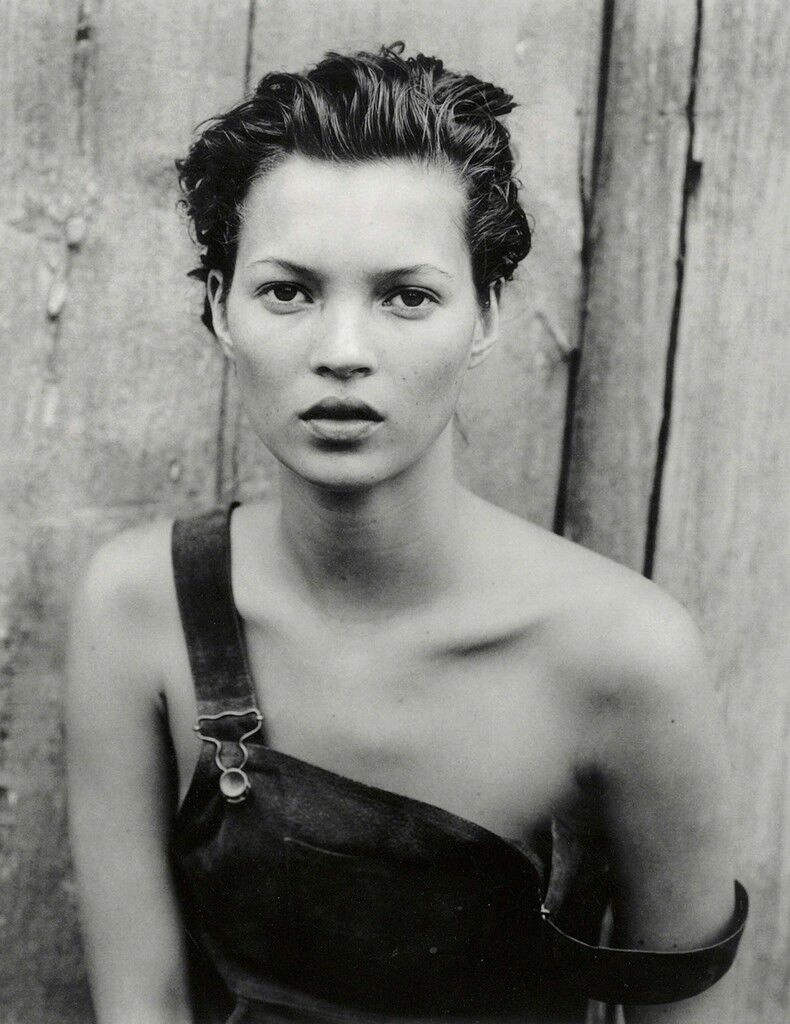
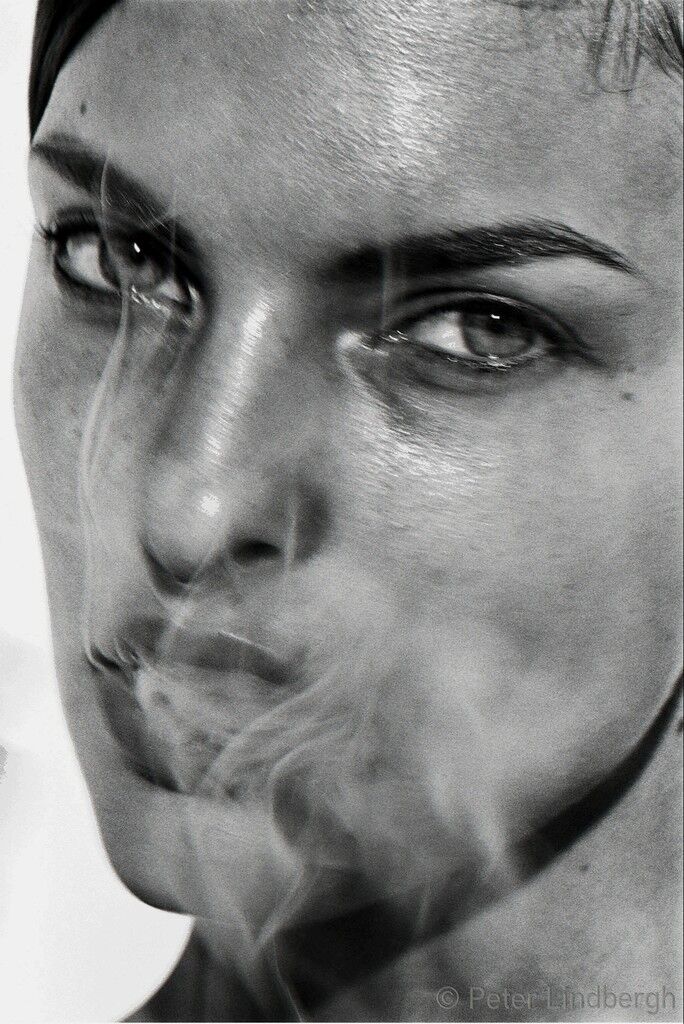

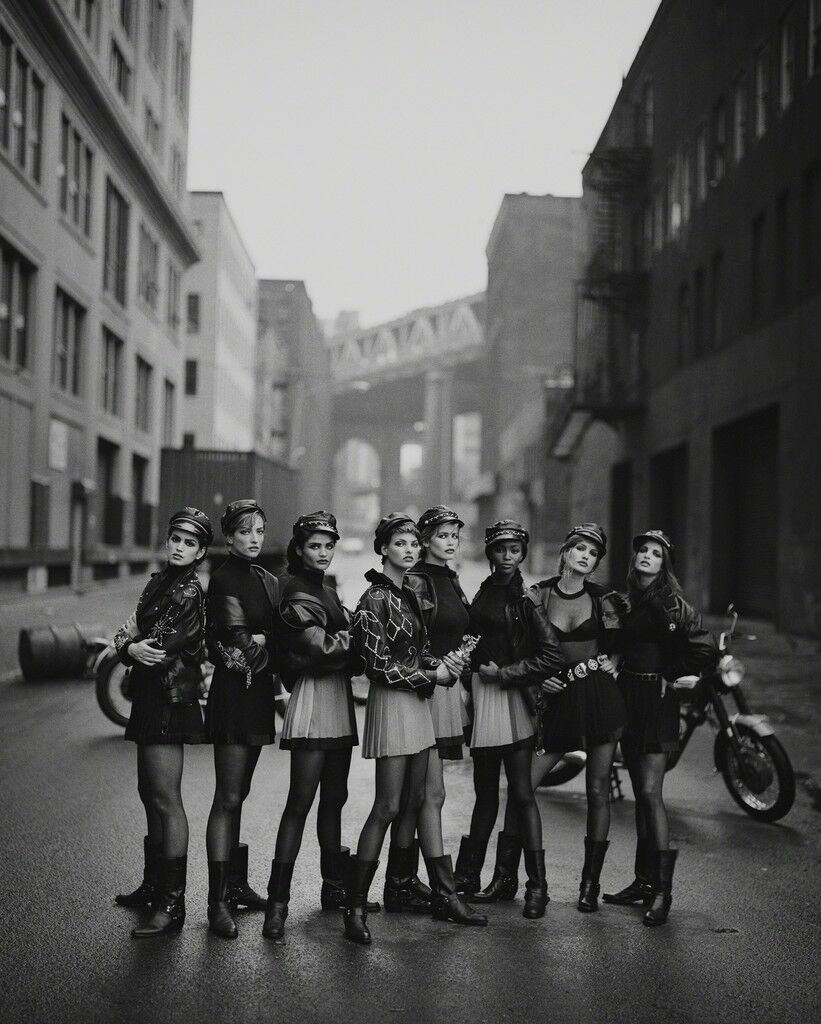

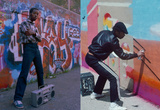
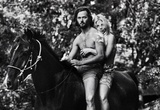
No comments:
Post a Comment